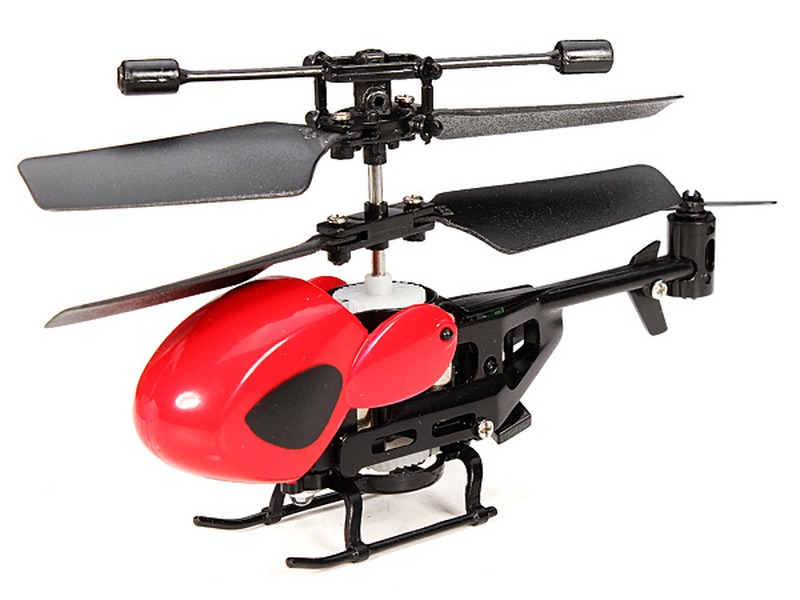Are helicopters safer than planes?

The answer to this question is not a simple yes or no. While both helicopters and planes have their own unique safety features, there are also risks associated with both. In order to determine which is safer, it is important to consider the various factors that contribute to the overall safety of each type of aircraft.
First, it is important to consider the design of the aircraft. Planes are typically designed with a larger wingspan and more powerful engines, which makes them more stable in flight. This stability helps to reduce the risk of turbulence and other unexpected events that could cause the plane to crash. Helicopters, on the other hand, are typically smaller and less powerful, which can make them more susceptible to turbulence and other unexpected events.
Second, it is important to consider the maintenance and inspection of the aircraft. Planes are typically inspected more regularly than helicopters, which means that any potential problems can be identified and addressed before they become a safety issue. Helicopters, on the other hand, are often not inspected as regularly, which can lead to potential safety issues that are not addressed in a timely manner.
Third, it is important to consider the pilot’s experience and training. Pilots of planes typically have more experience and training than pilots of helicopters, which can help to reduce the risk of an accident. Helicopter pilots, on the other hand, may not have the same level of experience and training, which can increase the risk of an accident.
Finally, it is important to consider the environment in which the aircraft is operating. Planes typically fly in more open and less congested airspace, which can help to reduce the risk of an accident. Helicopters, on the other hand, often fly in more congested airspace, which can increase the risk of an accident.
Overall, it is difficult to definitively say which type of aircraft is safer. Both planes and helicopters have their own unique safety features and risks, and the safety of each type of aircraft depends on a variety of factors. Ultimately, the best way to determine which is safer is to consider all of the factors mentioned above and make an informed decision based on the specific situation.
Comments / Question
2. Adhere to flight rules and regulations: Pilots should always adhere to the rules and regulations set forth by the Federal Aviation Administration (FAA) and other governing bodies.
3. Weather awareness: Pilots should always be aware of the current weather conditions and plan their flights accordingly.
4. Use of checklists: Pilots should always use checklists to ensure that all necessary steps are taken before, during, and after a flight.
5. Emergency procedures: Pilots should be familiar with the emergency procedures for their aircraft and practice them regularly.
6. Training: Pilots should always stay up to date on their training and stay current with their certifications.
7. Maintenance: Pilots should ensure that their aircraft is properly maintained and serviced on a regular basis.
8. Avoid distractions: Pilots should avoid any distractions while flying, such as using a cell phone or other electronic device.
9. Use of autopilot: Pilots should use autopilot whenever possible to reduce the risk of human error.
10. Use of technology: Pilots should take advantage of the latest technology available to increase the safety of their aircraft.
2. Folding Rotor Blades – This allows the blades to fold up while in transit or storage and helps prevent them from becoming damaged or hitting other objects.
3. Vertical Takeoff & Landing (VTOL) Capability – This allows a helicopter to take off and land vertically, even in tight or restricted spaces, making it more versatile than a plane.
4. Low-Sided Cabs – This provides improved visibility for the pilot and allows for better maneuverability in low-altitude flying.
5. Electronic Stability Control (ESC) – A feature that helps the pilot maintain the stability and control of the helicopter in turbulent conditions.

